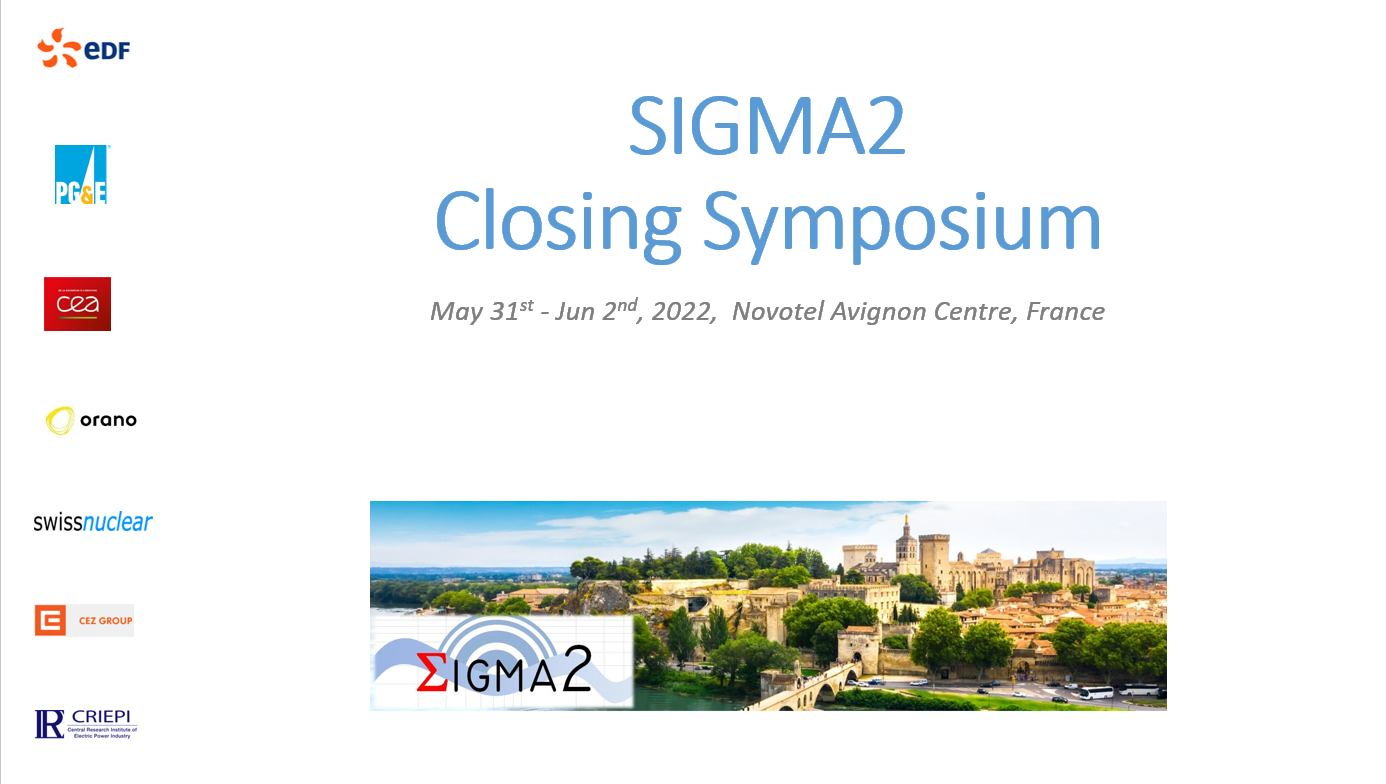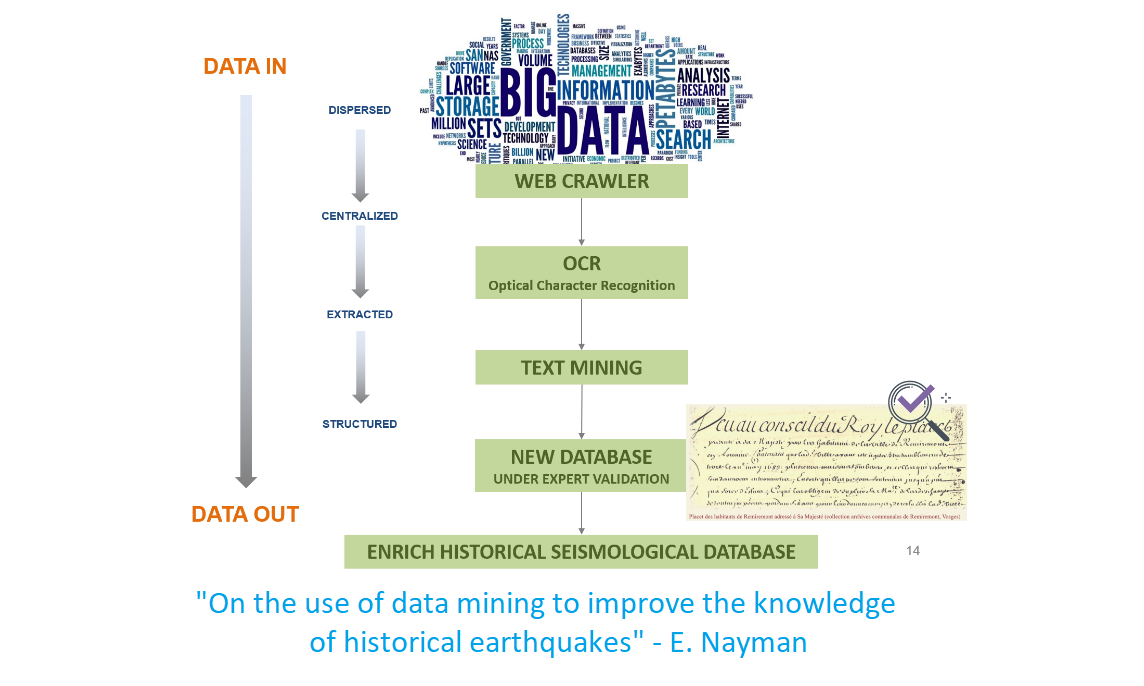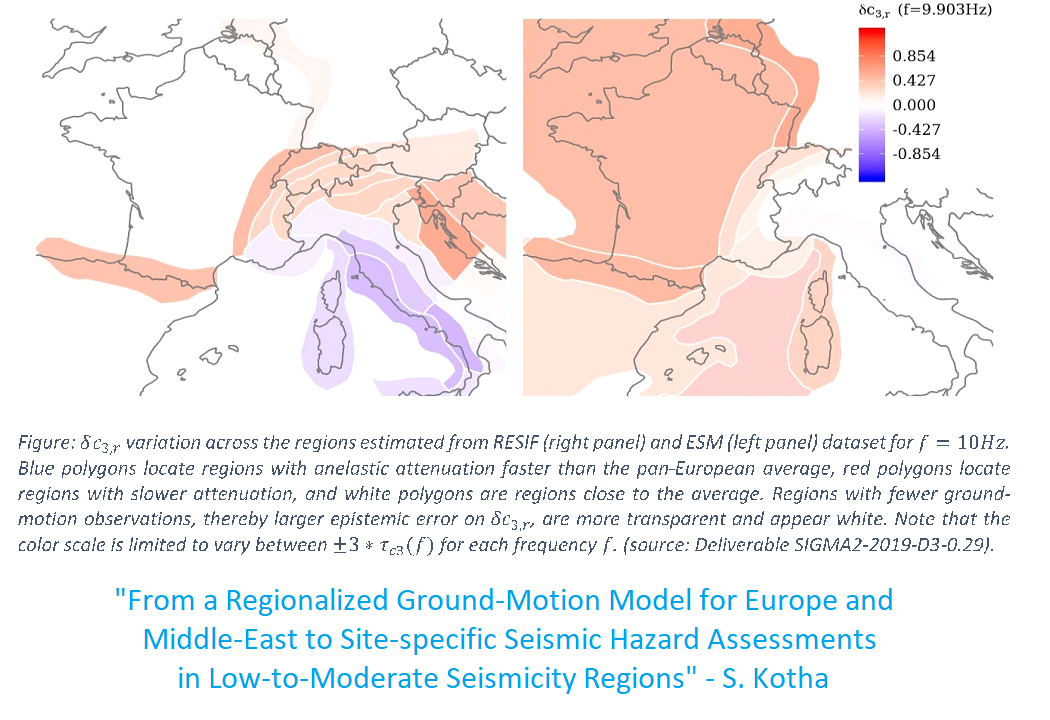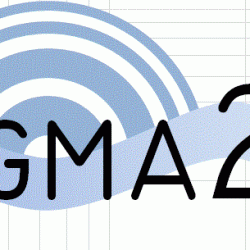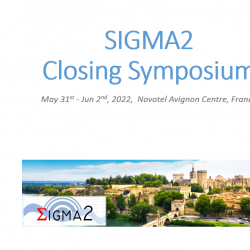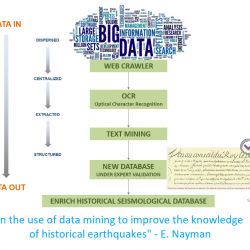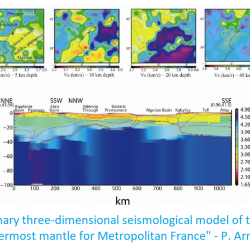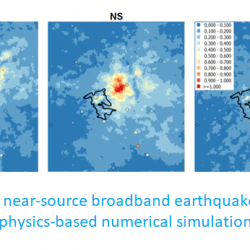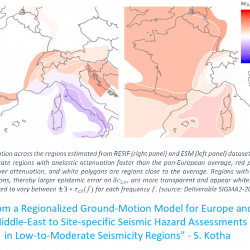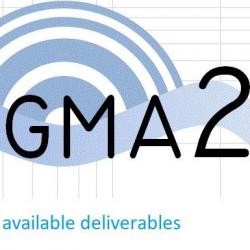Site Response
Motivation & Objectives
The objective of this work package is to reduce uncertainties on ground motion at surface level by a proper consideration of the site effect. It aims at taking into account the realistic non-linear soil behavior for strong motions as well as the evaluation of the reliability of site characterizations based on geotechnical measurements.
The work package uses different approaches:
- a numerical approach by calculation using physical models – (e.g. finite elements, spectral elements) or analytical resolution - to solve the wave propagation equations, implying many simplifications of the reality
- an experimental approach by comparison of actual recordings, either between two surface sensors - one at the site of interest and the other on a nearby rock reference site (SSR), or between a deep sensor at substratum and one at the surface level.
Coordination
Evelyne FOERSTER (CEA) & Cyril SIMON (EDF)
Actions
Increasing the reliability of degradation curves for engineering uses
The sensitivity of the site response analysis to ground non-linearities is well known. Characterization of the non-linear behaviour of the ground is mainly based on laboratory tests, that raises the usual questions of representativeness and uncertainties associated with these tests.
- bibliographic synthesis of the published G-g and D-g expressions proposed by various authors
- potentially implement some specific lab tests
- characterization of the variability of the curves for a given material
- representativeness of the lab tests; adjustment on in-situ tests and on actual records in bore-hole and free field
- relevance of degradation curves expressed as a function of a shear strain ratio g/gr
Organization
Funding member: EDF
Type: Post-Doc
Collaboration: Cerema
Status: In progress (started 2020)
Characterizing variability and model uncertainties
Up to now, site response calculations usually considered a uniform Vs per layer and the ground propertie variability was accounted for by shifting the modulus value of the whole layer by 2 coefficients around the best estimate value (typically 2/3 and 3/2). This approach poorly represents the reality nor the effects that a spatial variability have on the ground motion. The objective of this task is to develop and/or improve methodologies to account for 1D/2D/3D variability and to assess modelling uncertainties
- Ground variability into 1D soil column calculations.
- Characterizing 2D variability and calibrating attenuation at high frequencies
- Numerical strategy to properly account for the variability in 2D and possibly in 3D models
- Methodology to properly assess the uncertainties of the models and predictive capabilities of the models, especially when few field data is available
- Quantifying uncertainties related to empirical and numerical approaches for 2D site effect evaluation in low seismicity areas
Organization
Funding member: EDF
Type: in-kind
Collaboration: EDF R&D
Status: finalized
Numerical modeling of multidimensional site effects and impact on spatial variability of ground motions
The aim is to define a methodology for the use of signals defined at outcropping rock; and to account for the variability of this signal and the regional and local variabilities (site response) on the spatial variability of the seismic field at free-field and structural response
- Characterization of the variability of the incident seismic field (source and path terms) consistent with the outcropping rock signal to be used as boundary conditions, by the mean of SEM simulations, actual records
- Propagation of this variability on FEM site response calculations (comparison with available SEM models of actual French sites).
- Analysis of the contribution of the surface waves, of the mechanical properties variability of the basin…, to the spatial variability of the resulting seismic field at free-field and impact on structural response
Improving the absorbing boundary conditions, to account for:
- Nonlinear soil behaviour and SSI
- Wave inclination
- Pore-water in the saturated zones
Reviewing some existing well-known nonlinear constitutive models (elastoplasticity framework) w.r.t.:
- parameter calibration strategies;
- damping capabilities at high strains.
Organization
Funding member: EDF, CEA/SAC
Type: PhD, in-kind
Collaboration: EDF R&D, CentraleSupelec, CEA/SAC
Status: In progress
Assessing the performance of the seismic coda spectral factorization method for the site effect estimation
Within the SIGMA program, the importance and usefulness of empirical measurement of site effects, through the recordings of real earthquakes with the appropriate instrumentation and subsequent SSR analysis, was demonstrated.
However, the implementation of these approaches faces two issues. The first one is related to the possibility to find a suitable reference (rock-site) station near to the studied site. The second one is related to the local possible variability of site-effects that may imply to install a lot of sensors on the studied site to be estimated.
The use of signal Coda (instead of strong S wave phase) may theoretically allow choosing more distant reference station for SSR-like amplification measurement and hence, allow using national network stations as possible reference. This task will consist in developing Coda-SSR methodology and testing it on the Cadarache databases, using in conjunction with the RAP stations located in South Alps.
As for the possible local amplification variability evaluation, promising approaches have been developed within the Sigma program (V. Perron PhD) using either a combined method using usual SSR method and ambient vibration or ambient vibration alone. These methods were tested on two small valleys (associated with rather high frequency f0). This task will consist in optimizing these methods and testing it on larger, lower-resonant-frequency valley sites.
Organization
Funding member: CEA/CAD, Orano
Type: PhD
Collaboration: Aristotle University of Thessaloniki
Status: Finalized
Quantification of the site term and its epistemic uncertainty and implementation in a PSHA study
Program of research
- Update of the Kiknet database and develop GMPEs in Fourier domain
- Establish robust estimates of the model error of 1D site response analysis, on Kiknet stations or Groningen site.
- Determine proxies that can identify a-priori candidates for 1D site response.
- Implementation in PSHA
Organization
Funding member: EDF
Type: PhD
Collaboration: VirginaTech
Status: Completed
Development of a multi-tool virtual site for a benchmark on nonlinear site response analysis
Program of research
In order to get rid of the uncertainties linked with the site characterization, and therefore to be able to quantify the error only due to the modelling choices, a 3D nonlinear model, including the source, is developed. From this 3D model, a set of geophysical and lab tests is simulated and used to perform blind predictions using a one-dimensional wave propagation model;
The aim are:
- To assess the validity domain of 1D simulations,
- To assess the error due to the scarcity or the simplification of the ground data
Organization
Funding member: EDF
Type: post-doc
Collaboration: CentraleSupelec
Status: In progress
What correction shall be brought to the results when heterogeneities are represented in 1D or 2D stochastic models, to gain consistency with the 3D modelling?
Organization
Funding member: CEA/CAD
Type:
Collaboration: CEA/CAD, University of Bratislava
Status:

